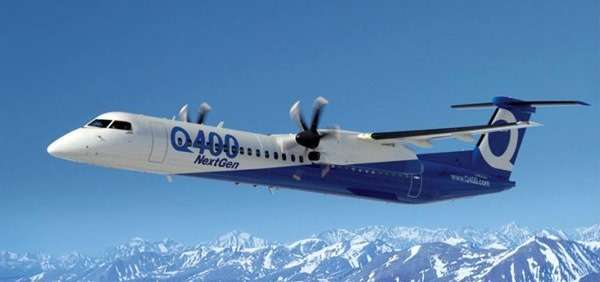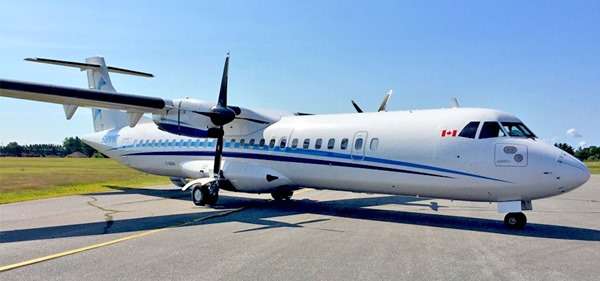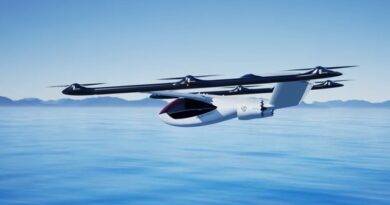Regional Turboprops Face-Off: ATR 72 vs. Bombardier Q400
The competition between the ATR 72 and Bombardier Q400 is one of the most fascinating matchups in the world of regional aviation. These two turboprop aircraft dominate short-haul routes, balancing efficiency, reliability, and passenger comfort. Airlines looking for the ideal turboprop often compare these models head-to-head, as each has distinct strengths suited to specific operational needs.
In this article, we’ll explore their specifications, performance, economics, and passenger experience to help aviation enthusiasts and professionals alike understand what sets these turboprops apart.
Key Specifications: ATR 72 vs. Bombardier Q400
Here’s a quick overview of the primary technical specifications of these aircraft:
| Feature | ATR 72-600 | Bombardier Q400 |
|---|---|---|
| Manufacturer | ATR (Airbus & Leonardo) | Bombardier Aerospace |
| First Flight | 1988 (ATR 72 series) | 1998 |
| Capacity | 70-78 passengers | 68-90 passengers |
| Range | ~1,500 km (810 nm) | ~1,878 km (1,014 nm) |
| Cruise Speed | 510 km/h (276 knots) | 667 km/h (360 knots) |
| Engines | Pratt & Whitney PW127 | Pratt & Whitney PW150 |
| Fuel Burn (avg.) | ~2.6 liters/seat/100 km | ~2.9 liters/seat/100 km |


Performance Comparison
1. Fuel Efficiency
The ATR 72-600 shines in terms of fuel efficiency, consuming less fuel per seat-mile compared to the Q400. This makes it a favorite among airlines operating shorter routes with lower passenger demand, where operating costs are critical.
- ATR 72: Optimized for short sectors of up to 1,500 km with minimal fuel consumption.
- Q400: While slightly less fuel-efficient, it compensates with higher speed and versatility for longer distances.
2. Speed and Range
The Q400 outpaces the ATR 72 with its higher cruise speed and extended range. For airlines needing faster turnaround times or serving routes up to 1,900 km, the Q400 is often the preferred choice.
- ATR 72: Ideal for short hops where speed is less critical.
- Q400: Better for connecting regional hubs and cities separated by larger distances.
Operational Versatility
Both aircraft are designed for regional markets, but their operational strengths differ.
ATR 72: The Efficient Workhorse
- Best Suited For: Short-haul routes with moderate demand.
- Operational Environment: Performs exceptionally well on routes with frequent takeoffs and landings.
- Takeoff and Landing: Requires shorter runways, making it ideal for remote or underserved airports.
Bombardier Q400: The Versatile Performer
- Best Suited For: Longer regional routes and high-frequency schedules.
- Operational Environment: Handles hot-and-high conditions better, allowing airlines to serve diverse geographies.
- Takeoff and Landing: Its powerful engines allow it to handle steeper climb rates, an advantage in mountainous or challenging terrain.
Passenger Comfort
ATR 72-600
The ATR 72 is renowned for its cabin comfort, featuring wide seats and a quieter interior compared to earlier models. Its slightly lower speed makes for a smoother flight, particularly in turbulent conditions.
Bombardier Q400
The Q400 offers a modern and spacious cabin with noise-reducing features. While it has a reputation for being slightly louder than the ATR 72, its speed and range are major draws for business travelers on tight schedules.
Economics: Which Is Cheaper to Operate?
- ATR 72: Lower operating costs due to superior fuel efficiency and simpler maintenance requirements.
- Q400: While its operating costs are slightly higher, it generates better revenue potential on longer and high-demand routes, thanks to its speed and capacity.
For airlines with a focus on minimizing costs per seat-mile, the ATR 72 often edges out the Q400. However, in high-frequency, long-range markets, the Q400’s attributes justify its operating costs.
Market Position and Popularity
ATR 72
- Global Reach: The ATR 72 is the best-selling regional turboprop globally, with airlines like IndiGo, Wings Air, and Flybe utilizing it extensively.
- Aftermarket Support: ATR’s widespread global presence ensures robust parts availability and technical support.
Bombardier Q400
- Target Market: Popular in North America and Europe, airlines such as Alaska Airlines’ Horizon Air and WestJet Encore heavily rely on the Q400.
- Production Status: Bombardier sold the Q400 program to De Havilland Canada, ensuring its future support and development.
Environmental Impact
Both turboprops are far more environmentally friendly than regional jets, but the ATR 72’s edge in fuel efficiency makes it slightly greener, emitting less CO₂ per seat mile. However, the Q400’s higher speed can offset emissions when fewer flights are needed to cover the same demand.
Choosing Between the Two
Go for the ATR 72 if:
- You operate primarily short-haul, low-demand routes.
- Fuel efficiency and cost-effectiveness are your top priorities.
- Your network includes airports with shorter runways or limited infrastructure.
Choose the Q400 if:
- Speed and range are critical to your operations.
- You serve high-altitude or challenging environments.
- Your focus is on premium regional routes with higher passenger throughput.
Final Verdict
The ATR 72 and Bombardier Q400 are both outstanding turboprops, each excelling in distinct areas. The choice ultimately depends on the operational profile of the airline. (ATR aircraft company history)
The ATR 72’s unmatched fuel efficiency and lower costs make it the go-to for short, low-demand routes, while the Q400’s speed and versatility shine on longer and more challenging segments.
By evaluating factors like range, speed, operating costs, and market demands, airlines can make informed decisions that maximize profitability and passenger satisfaction.
References and Further Reading:
- ATR 72 Specifications – link
- https://skybrary.aero/aircraft/dh8d


